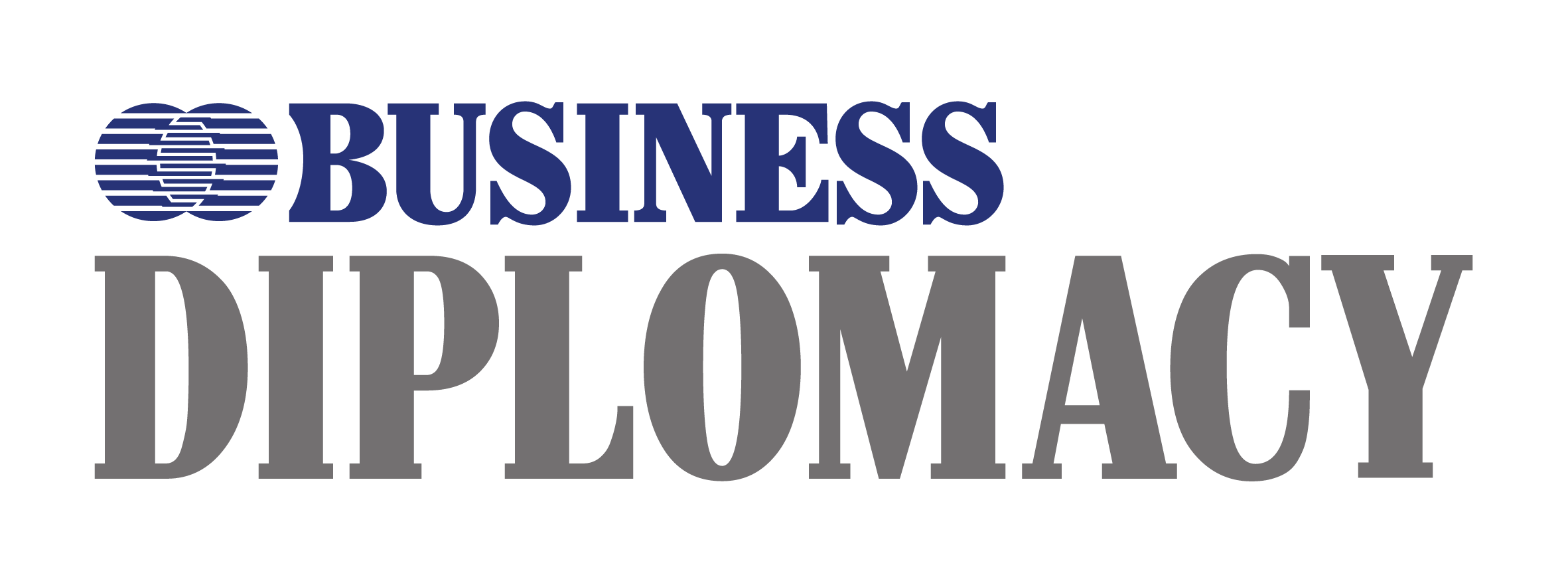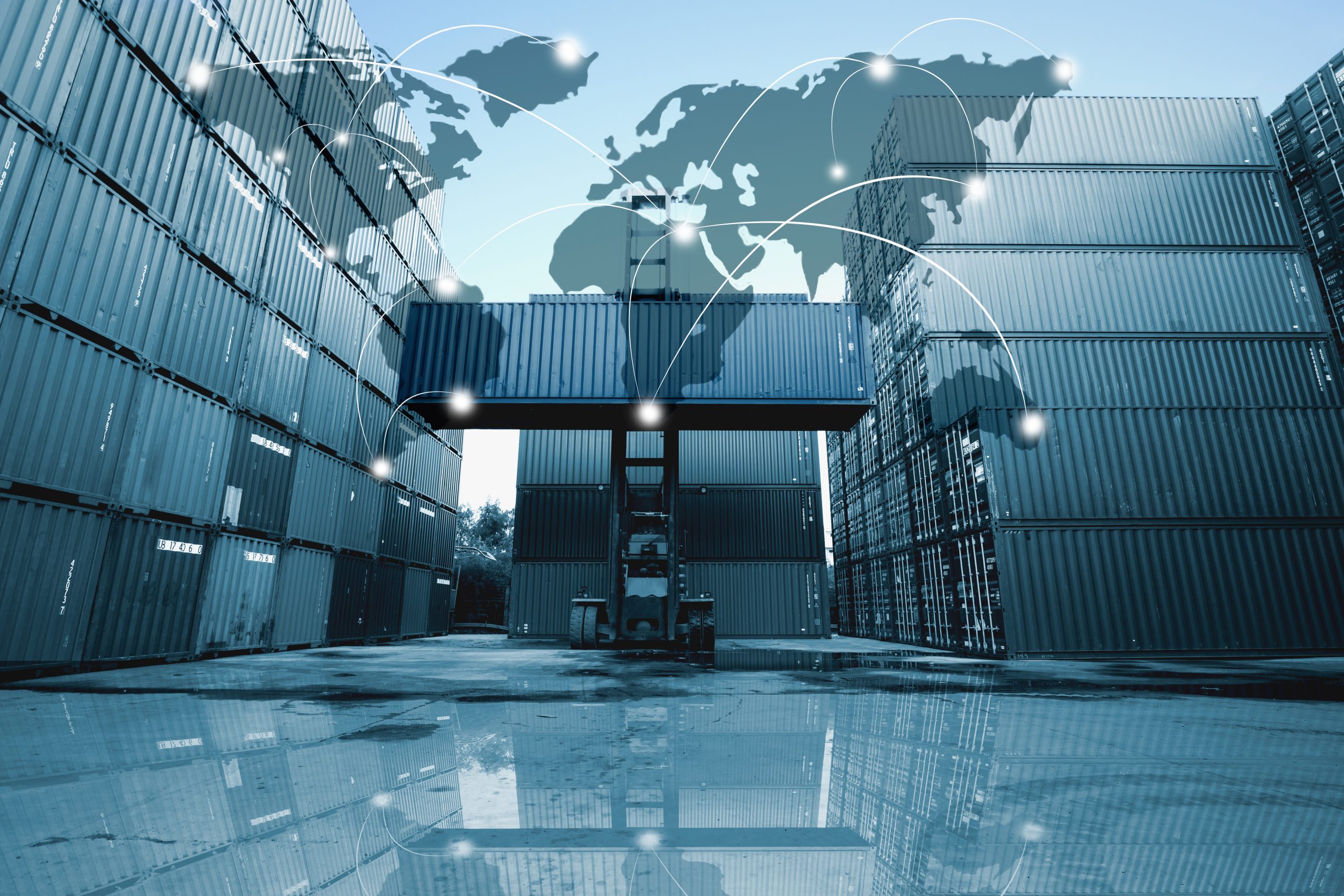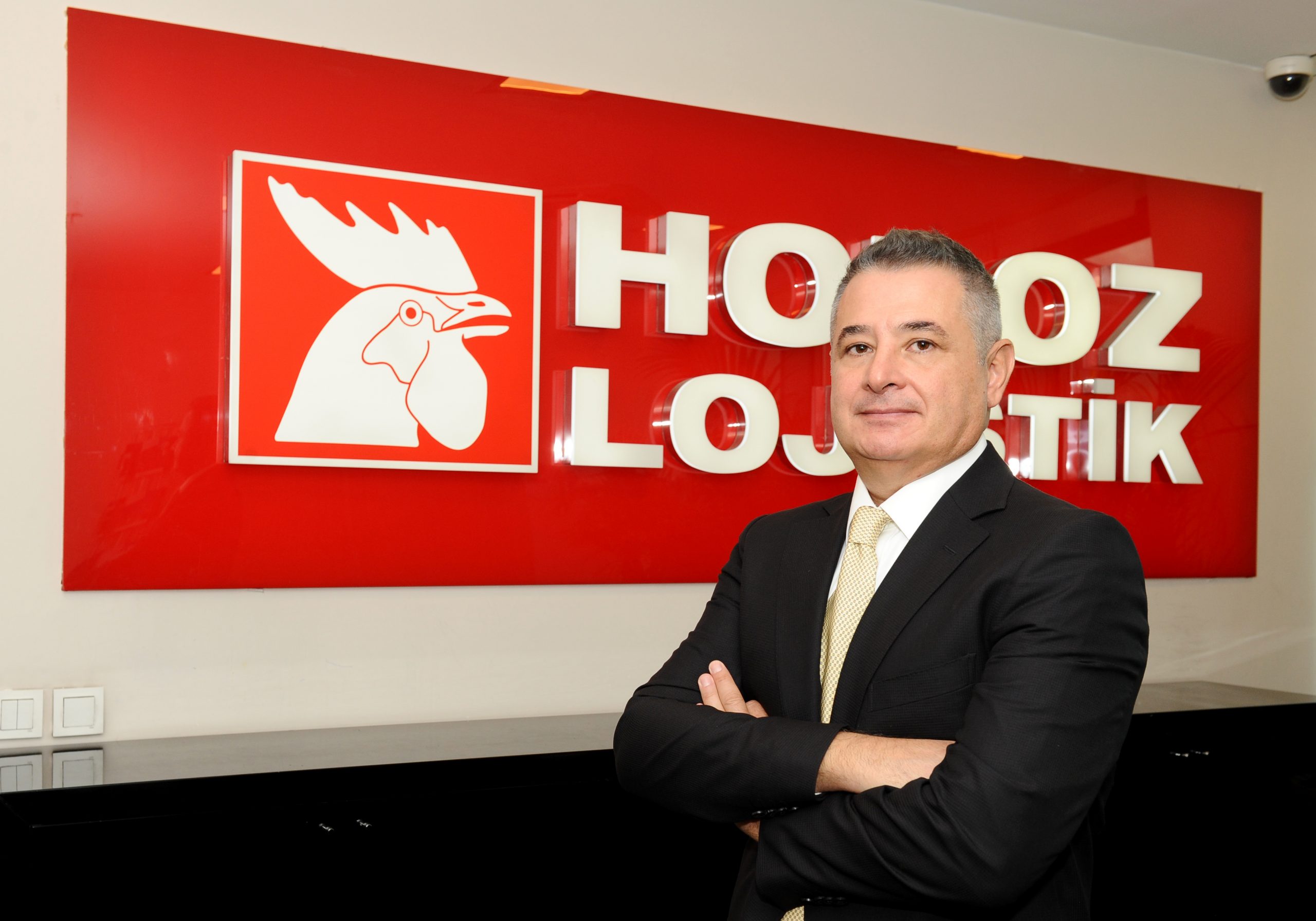The Effect of Türkiye’s Performance on the Logistics Industry
We have partially left behind the pandemic process, the effects of which were felt deeply in our country and around the world, and which shook the logistics industry as well as many other fields. Therefore, it may as well be said that we had a more balanced year in the logistics industry than last year and that the recovery process has begun, especially following the deep breakdown in freight transportation.
On the other hand, as a result of the early interest rate cut and shocks regarding energy, foreign exchange, and other issues, inflation has now become an issue felt by everyone around the world. This led to significant economic changes experienced by all of us.
I believe that in terms of logistics, the freight rates keep being high throughout the world, and a balanced period has been entered in terms of equipment supply in our country. Especially due to the Russia-Ukraine crisis, supply problems are experienced in EU countries. The North Corridor has also become unavailable. As a result, the Middle Corridor, including Türkiye, stood out as an alternative. Despite the positive developments in the issue of transit certificates, Türkiye still cannot fully utilize its transit feature due to quota and visa problems and long standby times at the gates.
Looking at the state of domestic transportation, we observe a challenging year for domestic transporters due to the increase in vehicle prices, spare parts, tires, and fuel oil. In this process, there was almost no new vehicle entry into the market, and a significant portion of the domestic transporters turned their attention to Europe, where freight rates are on a rise. This led most companies in the domestic market to export. Day by day, we observe an increase in especially e-export practices. We are also improving our activities in this regard.
However, a domestic vehicle bottleneck awaits us to meet the domestic demand to rise back again. Therefore, due to fixed contracts in domestic transportation, the increase in freight prices continues and will keep doing so in 2022.
Apart from this, we also observe an increase in the costs of products such as iron, cement, and aluminium, which are the main items of construction costs. This will cause a decrease in new warehouse production. Here, customers, owners, and logistics service providers will need to support each other and gradually raise their current price structures. They should expect much higher storage costs than in the past, in the face of increased rent and costs for warehouse workers and warehouse equipment costs such as racks and forklifts.
In addition, the pandemic and the evolution of the usual business models in this process, caused the industry to change its business models. Besides, it has significantly improved the habits of both institutions and consumers to work remotely and meet their needs. This, first of all, improved the share of information among shareholders more than ever before. Therefore, there was a need for full-time and enhanced information, and more qualified communication among all stakeholders such as producers, buyers, operators, and so on. Logisticians also had to make many improvements in their information management systems as a kind of integrator.
Consumer deliveries became more significant. The simplification process has begun in multi-layered sales channels consisting of intermediaries such as wholesalers, distributors, and retail points of sale.
Retail points of sale have started to sell products that they can no longer carry in their physical conditions, by announcing them to their customers using digital marketing methods. In order to provide competent support to retail, we made warehouse investments for fully automated e-commerce. This service is vital for all companies following the arise of the consumer’s demand for quick access to the product. We will keep maintaining our investments in this field after 2022.
The establishment of more flexible supply models due to the changes in the pandemic constraints on sales was another necessity. Perhaps this was the most challenging issue for our industry due to the aspects of our activities that require detailed and planned physical preparation in the background. One may not be able to make changes in the total vehicle-warehouse-personnel etc. capacities at any time desired. However, demand keeps simultaneously rising and falling in fluctuation.
Especially the container supply, which led to a major crisis last year, is relatively in effect this year as well. Raw material supply continues in most areas. As a result, the tendency to make stockless production “just in time” brought along tactical changes such as “we should work with more stock for production”, or “we should produce when we find the raw material and wait for the sale”. This led to the development of various methods and increasing capacities in subjects such as storage, replacement management, and supply lot management. We can list many more effects, however, everyone tended to take logistics and supply chain processes more seriously than before and enter into long-term agreements with more qualified business partners.
In summary, we cannot yet call 2022 a post-pandemic period neither around the world nor in Türkiye. We are in a year where we are still seriously experiencing the effects of the two-year pandemic process. Hopefully, we will achieve normalization towards the end of 2023. We hope that all elements in the difficult location our country is in will develop in our favour in 2023, following another challenging year.
Taner Horoz-Chairman of the Board of Horoz Logistics




